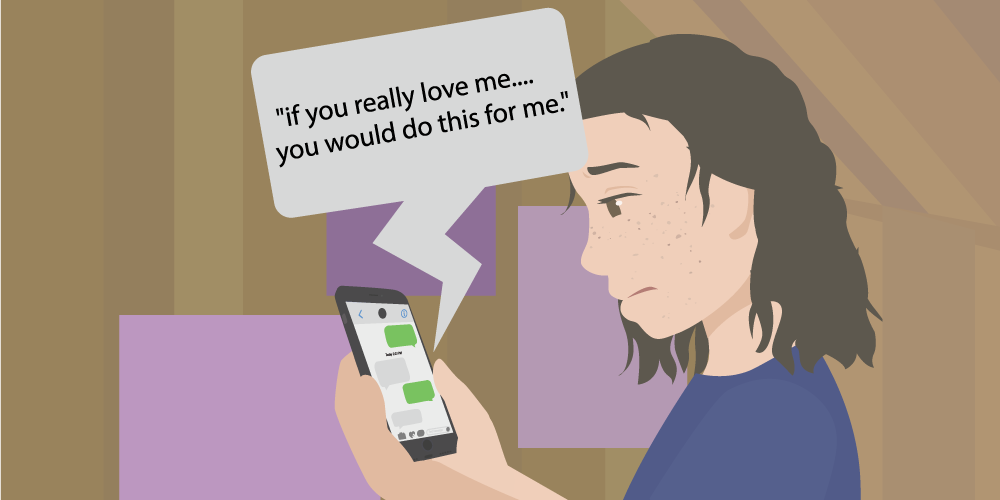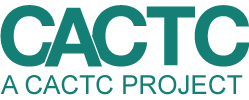Picture Liam Neeson in the movie Taken, the retired CIA agent who has a “particular set of skills” to find the traffickers who kidnapped his daughter. He now has only 96 hours to use those particular set of skills to rescue his daughter from sex-trafficking ring in Paris that abducts young girls, drugs them, and sells them. At the end of the movie, his daughter is reunited with her mother and all is well.
Unfortunately, the issue with having this Hollywood version of Human Trafficking is that it changes our perception of what Human trafficking actually looks like. The misconceptions these movies create can often disrupt our efforts to fight human trafficking by making it not so obvious to recognize the crime.
The Hollywood version of trafficking is rare. Traffickers more commonly use other tactics to exploit or take advantage of someone for personal gain some type of labor or commercial sex act. In fact, most situations of human trafficking don’t involve kidnapping, often people are tricked into circumstances without realizing until many years later that they were a victim of a crime.
Every year, millions of men, women, and children are trafficked worldwide – including right here in the United States.
It can happen in any community and victims can be any age, race, gender, or nationality.
It’s important to be aware of the common myths surrounding Human Trafficking as well as know the realities of the crime in order to combat it.
Myth #1: The way trafficking usually happens is that victims are kidnapped, drugged, chained up, or otherwise trapped.
Reality: By far the most common myth about human trafficking is that it always involves kidnapping or otherwise physically forcing someone into a situation. In reality, most human traffickers use psychological means such as tricking, manipulating, threatening victims, or making false promises of well-paying jobs or romantic relationships to lure victims into providing commercial sex or exploitative labor.
Myth#2 : Traffickers target victims they don’t know
Reality: Many survivors have been trafficked by romantic partners, including spouses, and by family members, including parents.
Myth#3: Human trafficking victims will attempt to seek help when in public.
Reality: Human trafficking is often a crime that happens in plain sight. Victims may be afraid to come forward and get help; they may be forced or pressured through threats or violence; they may fear they will be punished by their traffickers, including danger to their families; and they may not be in possession of or have control of their identification documents.
Myth#4: Human trafficking involves moving, traveling or transporting a person across state or national borders
Reality: Human trafficking is often confused with human smuggling, which involves illegal border crossings. In fact, the crime of human trafficking does not require any movement or transportation whatsoever. Survivors can be recruited and trafficked in their own hometowns and may even return to their own homes every night.
Myth#5: People being trafficked are physically unable to leave their situations/locked in/held against their will
Reality: That is sometimes the case. More often, however, people in trafficking situations stay for more complicated reasons. Some lack the basic means to physically get out, such as transportation or a safe place to live. Some are afraid for their safety. Some have been so effectively manipulated that they do not identify as a victim or realize they are under the control of another person.



